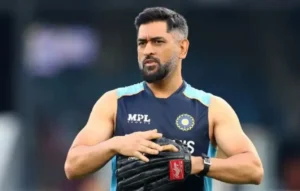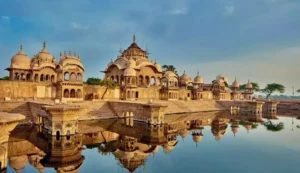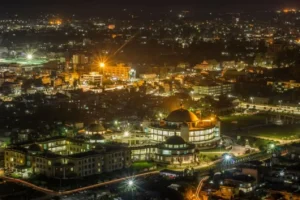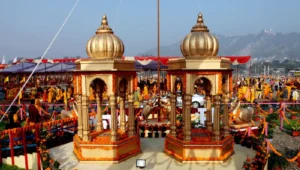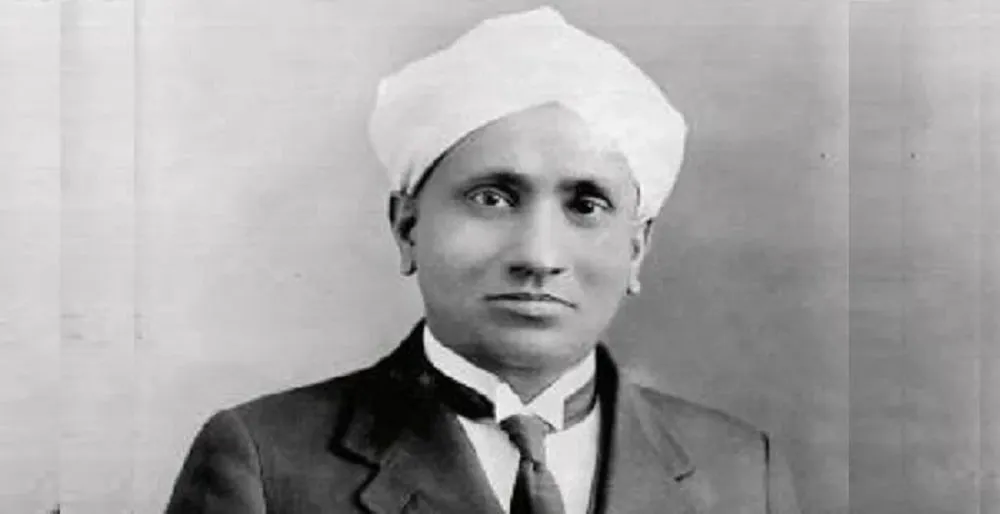
Table of Contents
ToggleCV Raman Short Biography
The English version of CV Raman’s biography will be shared today. This post would be very beneficial for individuals seeking English-language information on CV Raman. The words used in this article and in CV Raman’s biography are all quite simple. The English version of CV Raman’s biography includes details such as his birthdate, place of birth, and father’s and mother’s names, among other things.
CV Raman Early Life:
In Tiruchirappalli, Tamil Nadu, on November 7, 1888, CV Raman was born. His parents’ names were ChandrashekharIyer and ParvatiAmma. Their parents’ second kid is CV Raman. At the A.V. Narasimha Rao Mahavidyalaya in Visakhapatnam, Chandrasekhar Iyer, CV Raman’s father, taught physics and mathematics (modern Andhra Pradesh).
Because his father loved to read, he had a tiny library created within his home. Early on, Raman developed a fascination for English literature and scientific publications. Early on, he developed a passion for music, leading to his studying it scientifically. He spent hours observing his accomplished vena musician father while he practiced the instrument. Raman began his education in a great environment as a result.
CV Raman Education:
As a youngster, Raman visited Visakhapatnam. There, he attended St. Aloysius Anglo-Indian High School. Raman was an exceptionally gifted student who received numerous awards and scholarships in his class. He was 11 when he passed the matriculation exam and only 13 when he received a scholarship to finish his +2/intermediate.
In 1902, he then enrolled in Presidency College Madras. CV passed the B.A. exams in the year 1904. He won the “Gold Medal” in Physics for taking first place. After that, he received his M.A. with Physics as his primary subject from the “Presidency College. At this time, M.A. Raman rarely attended class; instead, he preferred to spend his time conducting research and conducting experiments in the college lab.
His professors were well aware of his ability and used to let him study whenever he wanted. He was advised by Professor R. Ale. Johns to compile the findings of his research and experiments into a “research paper” and submit it to the London-based “Philosophical Journal.” His study report was released in the November 1906 issue of the journal. He had just turned 18 years old. He performed quite well on the M.A. examinations in 1907.
CV Raman Career:
Raman’s teachers advised that his father send him to England for further study, but he was unable to do so due to his poor health. He was forced to take the challenging exam offered by the British government since he had no other option. Raman won this test and was subsequently given an officer position in the government’s financial division. Raman constructed a small laboratory in his house after being appointed Assistant Accountant General in Kolkata.
In the laboratory of the Indian Association for Cultivation of Science in Kolkata, he continued his work. On anything that caught his attention, he would conduct scientific research. Every morning, he would arrive at the Council’s laboratory before work. After finishing his shift at five o’clock in the evening, he would head back to the lab and stay there until ten. He does his job on his studies and research in the lab the entire day, even on Sundays.
CV Raman Awards:
The most outstanding scientist from India, Chandrasekhar Venkata Raman (CV Raman), was also recognized for his tremendous contributions to science with several awards, which we shall go through below-
- CV Raman, a scientist, was chosen as a member of the “Royal Society of London” in 1924.
- The Indian government proclaimed February 28th, 1928, as “National Science Day” in honor of CV Raman’s discovery of the “Raman Effect.”
- In recognition of his numerous experiments and accomplishments, CV Raman was awarded multiple medals, prestigious degrees, and royalties in 1929.
- He was awarded the Nobel Prize in 1930, which is a fantastic and illustrious honor, for scientific discoveries like dispersion and the “Raman Effect.”
- He was also given the Bharat Ratna, India’s highest honor for his outstanding contributions to science in 1954.
CV Raman Death:
The bright scientist CV Raman spent a lot of time in the lab researching and producing new discoveries. He may have been 82 years old when he suddenly had a heart attack while working in his lab at the Raman Research Institute in Bangalore on November 21, 1970, falling and dying.
The scientist C.V. Raman, who gave India international recognition in science, may no longer be with us, but his fundamental discoveries will always be with us; his astonishing discoveries are still widely applied today. For many Indians, it is a source of pride that he contributed to the advancement of science via his laborious efforts that led to discoveries like the “Raman Effect.” Future generations will inherit CV Raman’s personality.
About Author
Piyush Kumar
We, with our blogs, promotes the traveling lifestyle and helps in guiding people about all the aspects of exploring a new place, shaktipeeth, jyortirlinga, foods, temples, etc.



